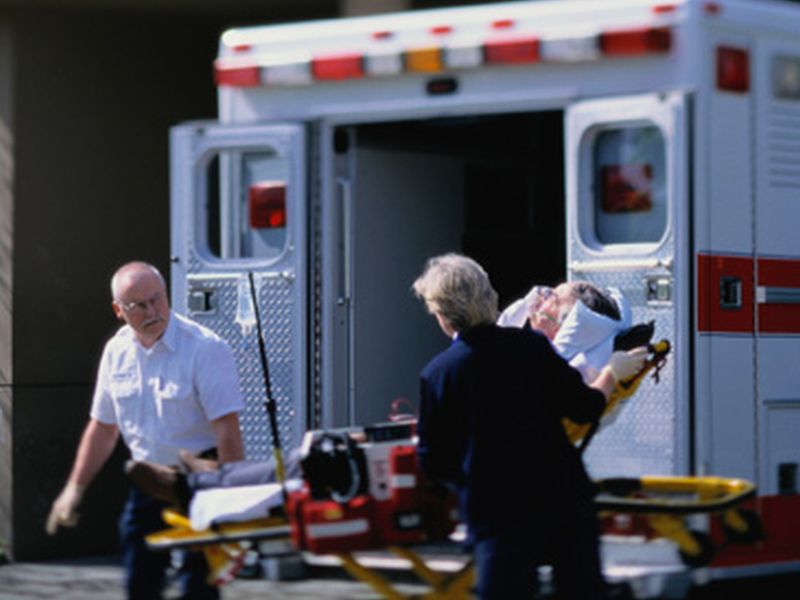WEDNESDAY, Dec. 13, 2017 (HealthDay News) — Emergency room doctors must think fast — and video games might help boost their decision-making, new research suggests.
A study led by the University of Pittsburgh School of Medicine found an adventure video game improved ER doctors’ ability to assess the level of care needed by trauma patients.
“Physicians must make decisions quickly and with incomplete information,” said study author Dr. Deepika Mohan, an assistant professor in critical care medicine and surgery.
“Each year, 30,000 preventable deaths occur after injury, in part because patients with severe injuries who initially present to non-trauma centers are not promptly transferred to a hospital that can provide appropriate care,” Mohan said in a university news release.
She created a video game called “Night Shift” with Schell Games. It features a young fictitious ER doctor.
The researchers found that one hour of playing the video game “recalibrated physicians’ brains to such a degree that, six months later, they were still outperforming their peers in recognizing severe trauma,” Mohan said.
The game was designed to tap into the part of the brain that uses pattern recognition and past experience to make quick decisions subconsciously, a process called heuristics, Mohan’s team said.
Doctors in nontrauma centers see fewer severely injured patients than some other physicians. Their initial response may be to prioritize obvious injuries, like gunshot wounds, and neglect to transfer equally serious issues, such as internal injuries, to a trauma center, the researchers said.
For the study, the researchers recruited more than 350 emergency room doctors working in hospitals across the United States that are not major trauma centers. Half were asked to play the video game. The rest were asked to spend at least one hour reading traditional educational materials.
The doctors also completed a questionnaire to determine how often they failed to send patients with severe injuries for appropriate trauma care. The doctors who played the video game failed 53 percent of the time, compared to 64 percent among those who read the educational materials.
Six months later, the doctors who played the game failed to triage their patients appropriately 57 percent of the time. Meanwhile, the doctors who only read educational materials failed 74 percent of the time.
The researchers noted, however, that the doctors preferred the educational materials. They suggested that if improvements were made to the video game it might be even more effective.
“There are many reasons beyond the doctor’s heuristics as to why a severe trauma patient wouldn’t be transferred to a trauma center, ranging from not having an ambulance available to a lack of proper diagnostic tools,” Mohan said.
“So, it is important to emphasize that recalibrating heuristics won’t completely solve the under-triage problem and that the problem isn’t entirely due to physicians’ diagnostic skills,” Mohan added.
Still, “it’s heartening to know we’re on track to develop a game that shows promise at improving on current educational training,” she said.
The U.S. National Institutes of Health funded the study. The results were published Dec. 13 in the BMJ.
More information
The U.S. National Institutes of Health provides more on traumatic injuries.
Copyright © 2025 HealthDay. All rights reserved.

